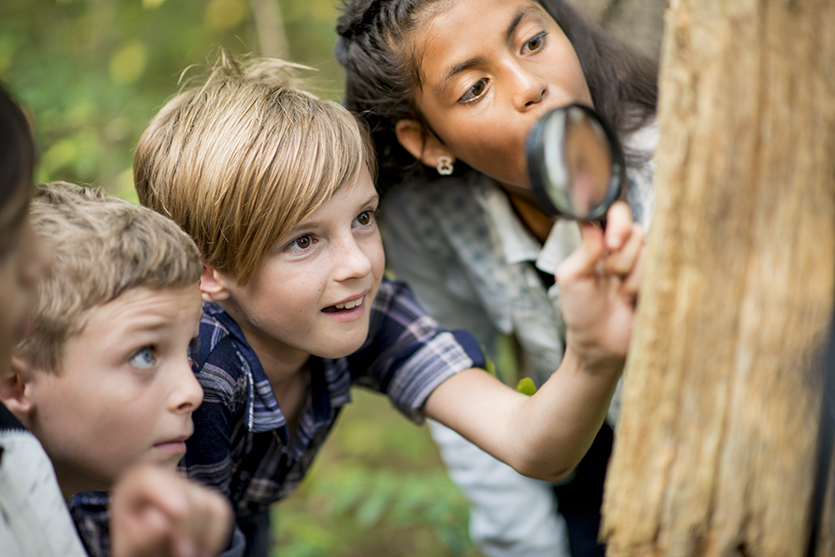
Get on the trails this summer to enjoy the natural beauty that is woven throughout RidgeWood West. Trails wind along our naturalized wetlands, which provide homes for a variety of prairie wildlife while creating serene settings where residents can slow down to escape the bustle of the city.
The trails in RidgeWood West are designed to promote pedestrian connectivity among homes, parks and other destinations. This gives residents the opportunity to walk or cycle around their community rather than taking a vehicle.
Active living has many benefits and walking for 30 minutes a day can improve blood pressure, decrease joint and muscle pain, as well as reduce the risk of heart disease and stroke. However, the trick to maintaining a healthy lifestyle is making it a part of your everyday routine.
In the spirit of maintaining a fun and healthy lifestyle for you and your family, take a walk on the trails this summer to see if you can spot these plants, animals, amphibians and insects:
Black-eyed Susan
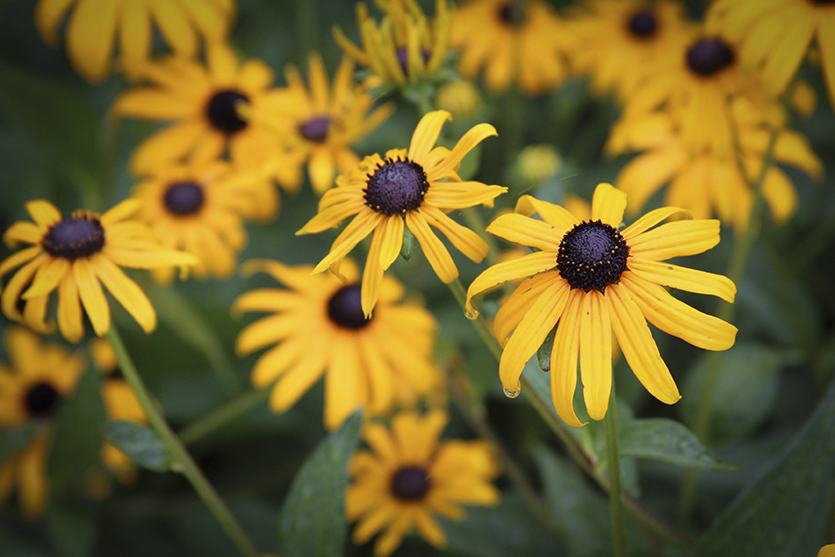
This wildflower blooms from June to October with beautifully bright yellow petals. It attracts bees, butterflies and beetles that feed on its nectar and pollen. Black-eyed Susans have hairy leaves that have adapted to retain water and a purplish green stem that can be found in clumps of one to four. Black-eyed Susans also produce seeds that provide birds with food over the winter.
Red-winged blackbird
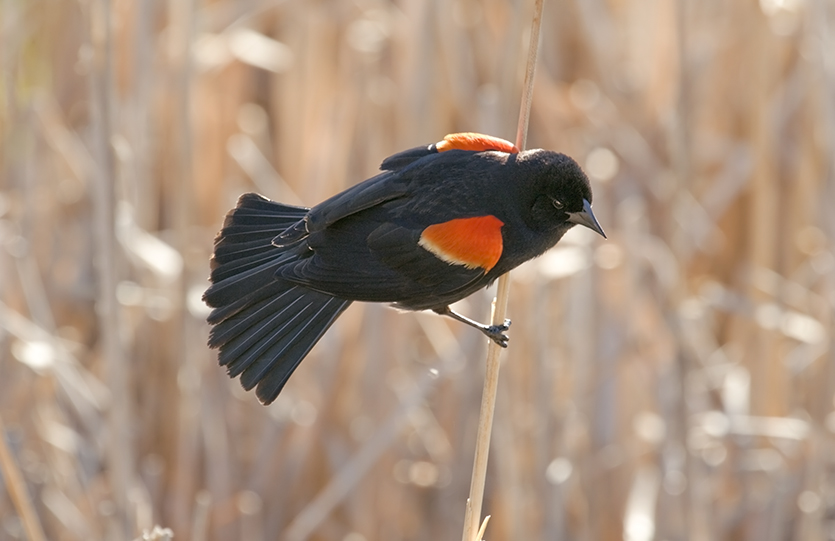
Red-winged blackbirds are common throughout Manitoba and are best known for the male’s red patches which are called epaulettes. Because the females do not have these red patches, they are often mistaken for blackbirds or large sparrows. Instead, the females are brownish in colour and have streaked chests. The red-winged blackbird’s song sounds like “konk-ke-ree.”
Swallowtail butterfly
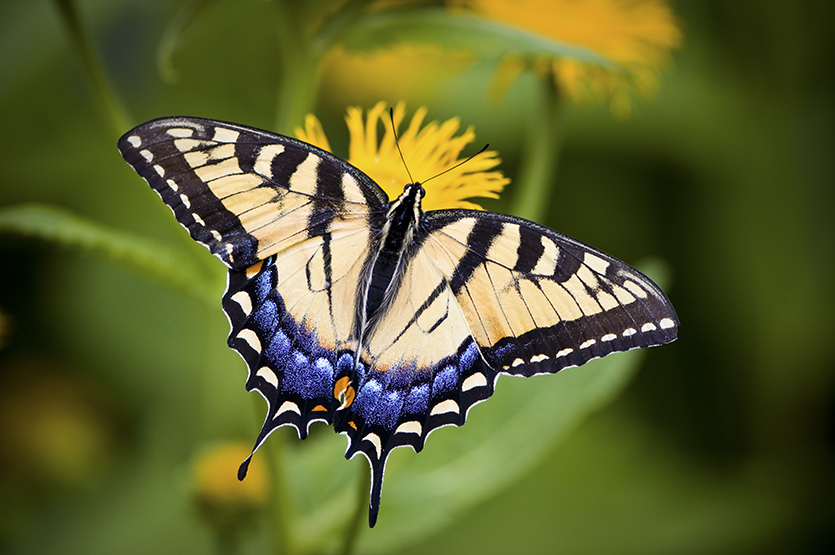
Swallowtail butterflies are quite large and have wingspans that can reach up to 10 cm. They are often yellow or black with spots and are known for the tail-like shape on their hind wings. They are also known to display veins of white, orange, metallic blue or dark brown. There are six species of swallowtail that have been found in Manitoba but only four sub-species stay year-round.
Purple prairie-clover
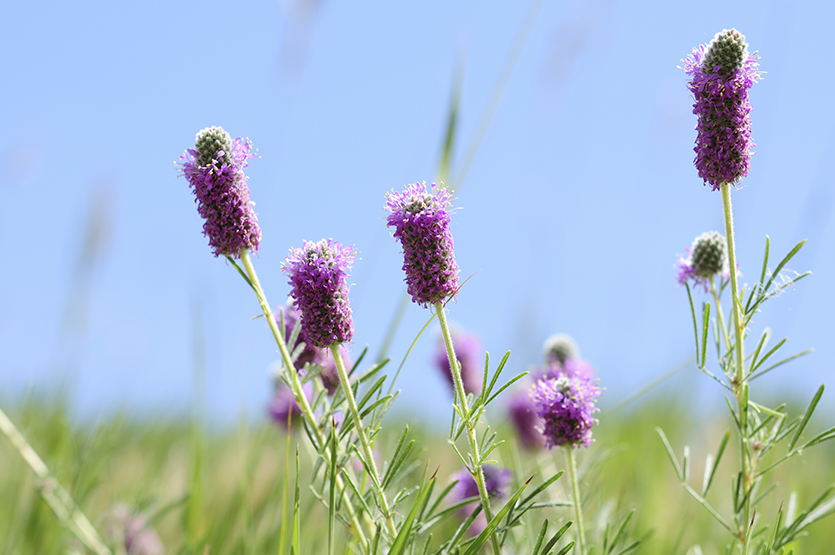
Purple prairie-clovers have a cone-like head that blooms from June to September. Their tiny flowers have no noticeable scent but they are often visited by bees and butterflies for their nectar. These wildflowers add valuable nitrogen back into soil and have deep roots systems to help them survive droughts. Purple prairie-clovers also provide protein for small mammals who eat them.
Pileated woodpecker
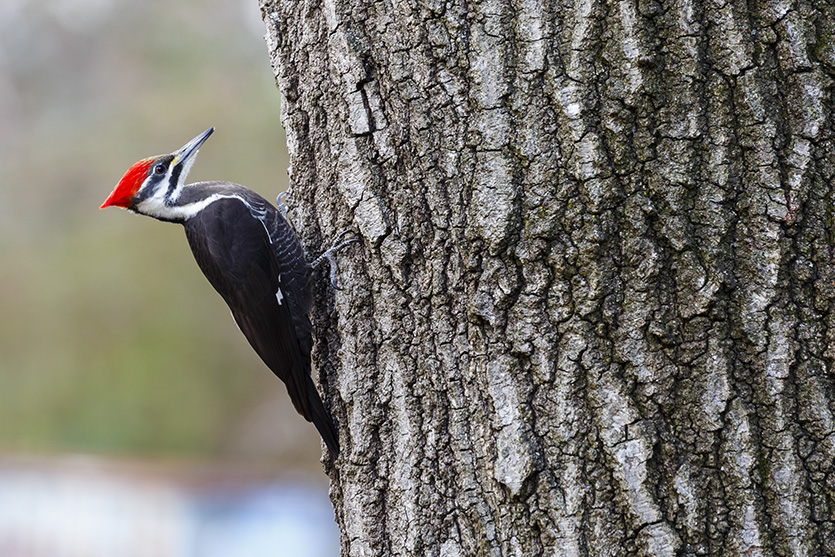
This large woodpecker has a long powerful neck that helps when drilling into rotten wood in search of insects. This motion creates a deep tapping sound. Pileated woodpeckers are black with white stripes on their face and neck with a small patch at the end of their wings. Pileated woodpeckers have a bright red crest on their head and males also have a red stripe on their cheek. When flying, you can see their white underwings as well.
Flower fly
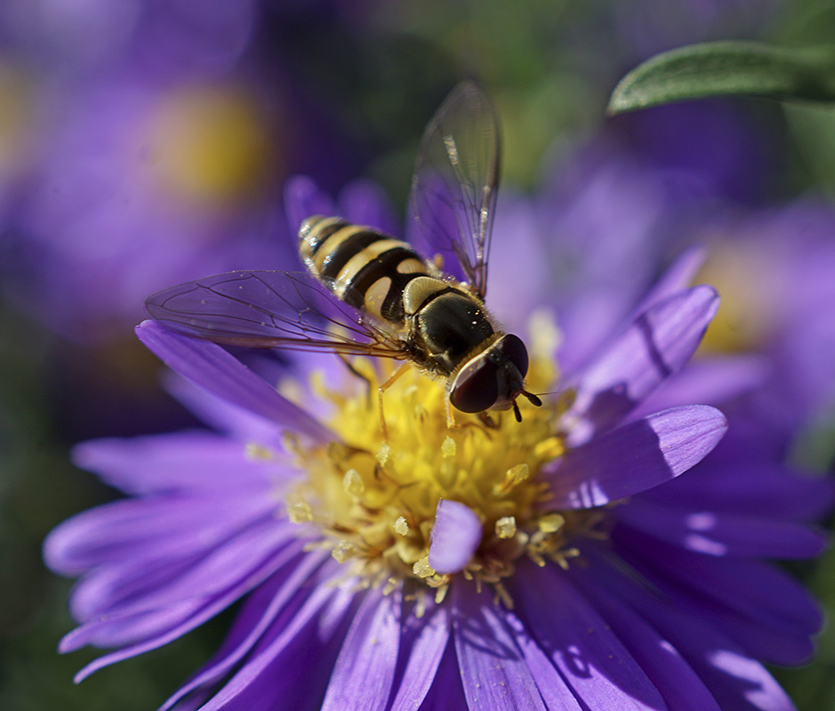
Although harmless, flower flies resemble bees and wasps with their yellow, orange and black markings to avoid predators. These insects can grow anywhere from four to 25 mm in length and are one of the most important pollinators for prairie plants and wildflowers. Adult flower flies frequently hover in mid-air to feed on nectar and pollen.
Common yarrow

Common yarrow has multiple small white flowers that cluster into a dome-like shape while its leaves have a feathery appearance. This wildflower blooms from June to August and attracts butterflies, wasps, flies and bees. Most mammals find this plant unappealing due to its bitter taste but it has been used by Indigenous people for medicinal purposes.
White-tailed jackrabbit
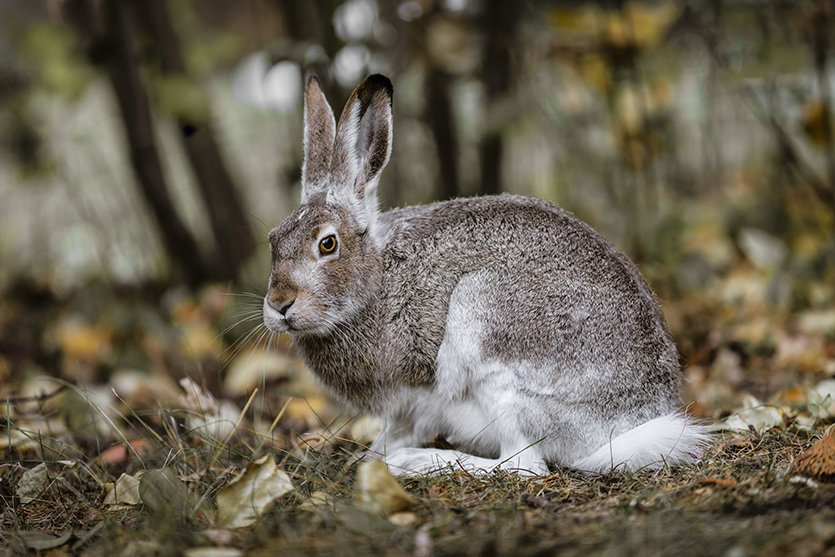
Despite the white-tailed jackrabbit’s name it is more closely related to hares than to rabbits. It is distinguished from true rabbits by its massive size, longer ears and larger feet. Like most mammals, the white-tailed jackrabbit is nocturnal and forages for food primarily from dusk to dawn. During the day they rest in burrows that are usually hidden beneath plants. If you’re lucky, you may spot their pathways caused from regular travel when searching for food. In the winter these dens are replaced by cave-like structures that connect to tunnels.
Leaf beetle
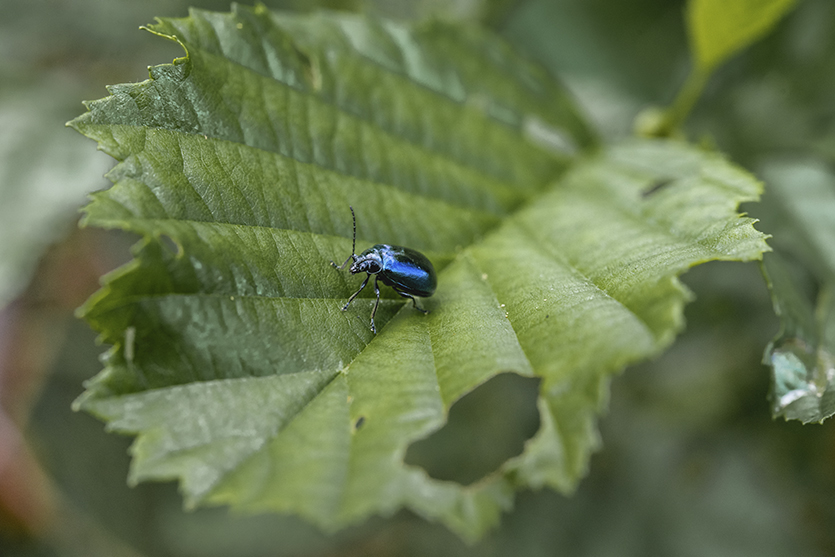
There are many types of leaf beetles and they come in a variety of colours. Their colours range from bright metallics, solid colours to bold patterns such as stripes and spots. Leaf beetles can grow up to 16 mm in length and have thousands of tiny bristles to help them climb plants. Some leaf beetles can also store plant chemicals in their body to make them poisonous to predators. Leaf beetles are sometimes used to control invasive weeds as well.
Mink frog
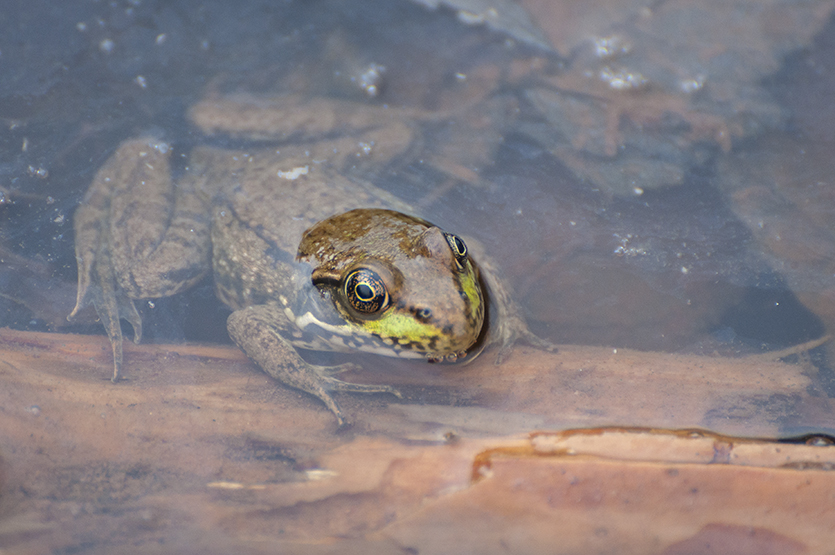
Mink frogs get their name from their musky smell, probably because they love to stay in water. They have olive to brown bodies with yellowish bellies. Some mink frogs have darker spots or dapples on their sides and hind legs as well. A mink frog’s croak sounds like a rapid series of someone tapping a metal hammer on wood while a large chorus of these frogs sound like popping popcorn.
White-tailed deer
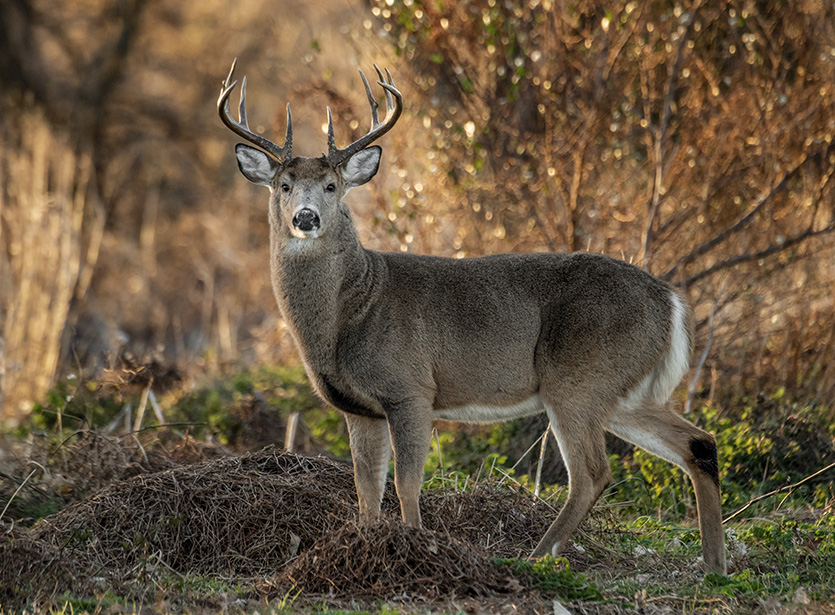
White-tailed deer are swift runners that can reach speeds of 58 km per hour, can jump over two meters high and leap nine meters in length. White-tailed deer have reddish-brown fur in the summer which turns grayish-brown during the winter. They have a white band around their nose, on their bellies and under their fluffy tail. When sensing danger, a white-tailed deer will raise its tail which is known as flagging. The large white patch is a signal to other deer that danger is nearby and helps fawns follow their mothers to safety.
When you’re on the trails this summer, whether you’re walking, jogging or biking, be sure to keep a watchful eye for these critters and plants. We’d also like to see what you find in RidgeWood West! Take photos and tag us with the social media links below.